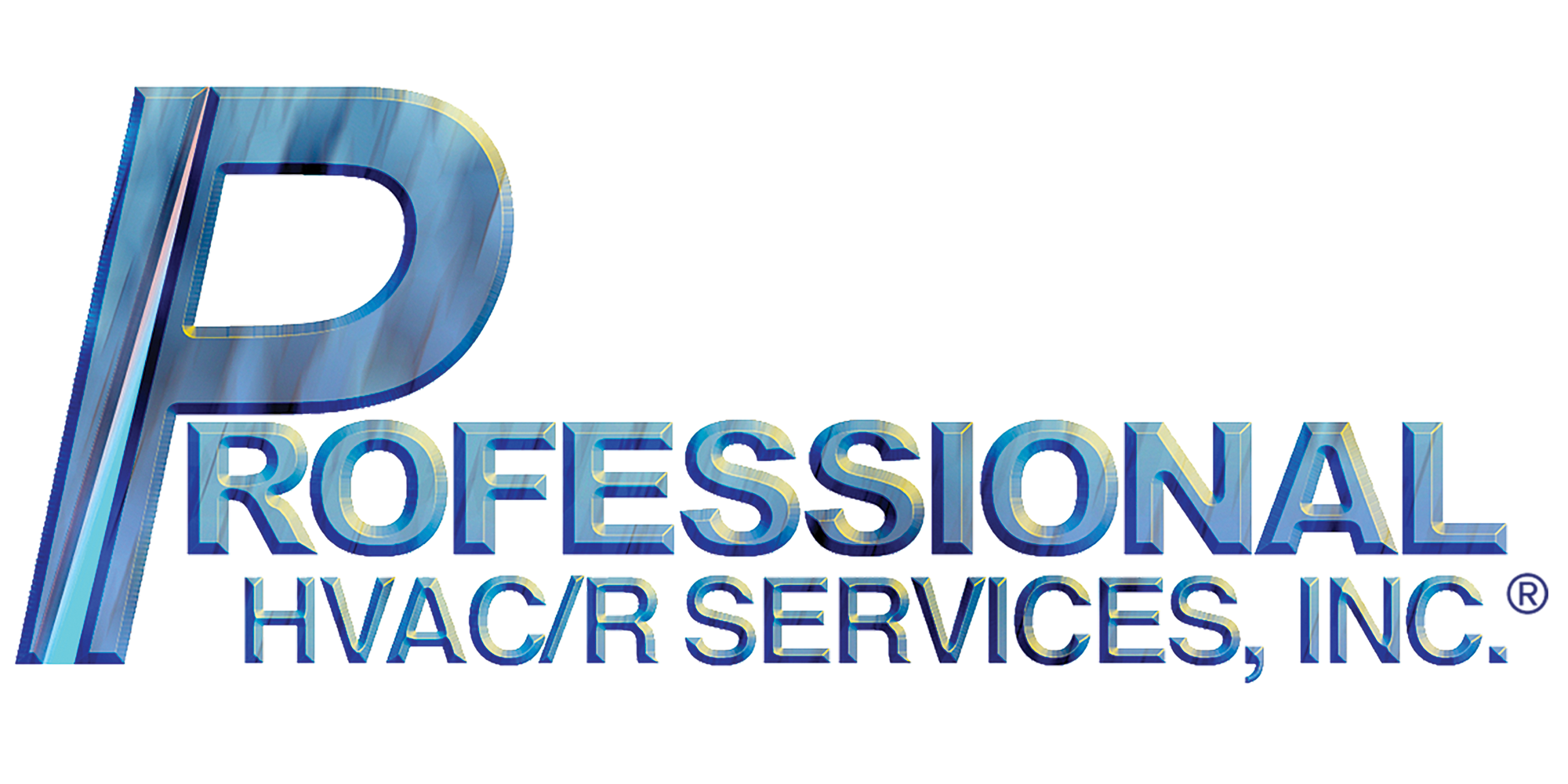From the fixtures themselves to the technologies that support them, we have seen the look and feel of commercial refrigeration change vastly in recent years. The push toward more simple, stable and sustainable solutions continues to create new opportunities for those involved in commercial refrigeration, and a brighter future for the refrigeration industry as a whole.
Consequently, we push to see other elements of the refrigeration trade evolve as well. We have created our wishlist (and checked it twice) — and here it is.
1. An Increased Focus in HVAC Trade Schools
While the course load will always vary somewhat between HVAC trade schools, the curriculum generally covers core subjects like cooling and heating. Students learn how to install, service and troubleshoot air conditioners, furnaces, boilers and heat pumps — but refrigeration systems are often left on the sidelines.
In the future, Pro HVAC/R would like to see refrigeration trades get more of the time and respect they deserve in the current HVAC curriculum. The skills that students take away from this coursework will make them more marketable to prospective employers in the HVACR field, which shows great promise. According to the U.S. Bureau of Labor Statistics, the employment of HVACR mechanics and installers is expected to increase by 13% between 2018 and 2028 — and in light of COVID-19, this percentage could rise even more.
The good news is that more training opportunities in the refrigeration sector are now available online. The ESCO Group has introduced an e-learning network where interested/experienced HVAC technicians can immerse themselves in webinars, videos and online courses to learn from subject matter experts in the field and earn relevant certifications. (One webinar to check out: Preparing Tomorrow’s Workforce for Flammable Refrigerants.)
2. Recognition for Sustainability Advancements
Green energy initiatives have been at the forefront of refrigeration advancements. From the design of more energy-efficient systems to the use of low global warming potential (GWP) refrigerants, commercial refrigeration providers are invested in helping retailers minimize their impact on the environment (and simultaneously save costs).
While eco-friendly air conditioning systems and heaters have also infiltrated the market, we think it is equally important to note that most HVAC improvements (like those highlighted above) were first vetted by the refrigeration trades. Electronically controlled expansion devices, controllers and components were all developed by the supermarket and industrial refrigeration OEMs. These advancements transformed what the HVACR industry looks like today, most recently in mini-split variable refrigerant flow (VRF) and variable refrigerant volume (VRV) technologies for air conditioning.
3. U.S. EPA Emphasis on Hydrocarbon Refrigerants
In Europe and Asia, hydrocarbons (HCs) are widely used as refrigerants in commercial refrigeration systems — most often in self-contained systems due to the flammability of A2 and A3 refrigerants. The shift from high GWP hydrofluorocarbons (HCFs) to climate-friendly HCs is a direct effort to hinder the release of chemicals into the environment.
In the U.S., the response has been much more reserved. Only in the past few years has the Environmental Protection Agency (EPA) issued rules to gradually phase out HCFs; however, existing equipment is able to continue running with its original refrigerants in place.
While this represents a step in the right direction, our wish is that the EPA continues to push the envelope to stay ahead of the curve and keep our environment safe.
4. Use of the ACCA Refrigeration Inspection Manual
Like other HVAC devices, commercial refrigeration systems require proactive maintenance to ensure long-term performance. Checkpoints must be in place to minimize deficiencies — whether that’s inspecting the condenser for dirt (and cleaning as needed) or inspecting the door hinges for looseness (and tightening screws as needed).
The good news is that the Air Conditioning Contractors of America (ACCA) has put together a manual that establishes inspection criteria for commercial refrigeration systems. Refrigeration technicians can use this as a guide for deterring maintenance issues, and they know what steps to take in the event of a problem. (FYI: Please recognize a familiar name under the acknowledgments section: Joe Kokinda of Pro HVAC/R.)
As a provider of commercial refrigeration services, Pro HVAC/R is passionate about the future of the refrigeration trade and the industry as a whole. If you’d like to learn more about our services, contact our team today.

